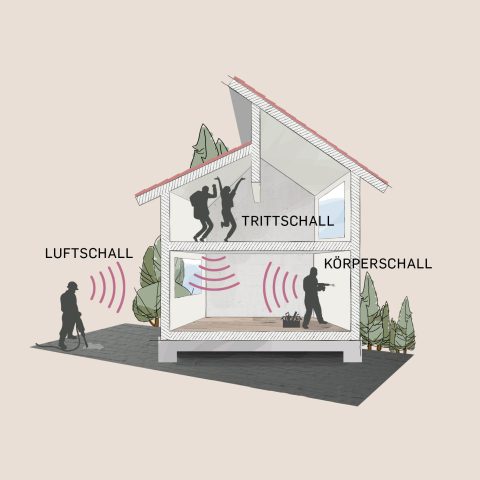What are the consequences for students and teachers?
Humans do not show any habituation effect to noise. On the contrary, noise is perceived as more and more stressful with increasing age. The effects of high noise levels are drastic: children’s ability to concentrate decreases significantly.
Speech development, especially in younger children, can be significantly impaired. Poor acoustics have been shown to have a negative impact on speech intelligibility, which can be very problematic for younger children.
Children sitting further back in the classroom often misunderstand words. If they do not understand individual sounds or words correctly, their limited language skills make it difficult for them to complete them independently. This means that, unlike adults, it is difficult for children to understand whole sentences when there is a lot of background noise. Children with learning difficulties or concentration problems, as well as children whose first language is not German, therefore have particular difficulties in noisy environments. Good classroom acoustics are therefore particularly important for this group of children.
- Studies show that the performance of children and teachers in noisy classrooms is reduced by up to 25%.
- Concentration & receptivity suffer from high noise levels
- High noise levels also have a negative effect on teachers. Low morale and lack of motivation affect the way lessons are organised and can even lead to absenteeism due to illness.






